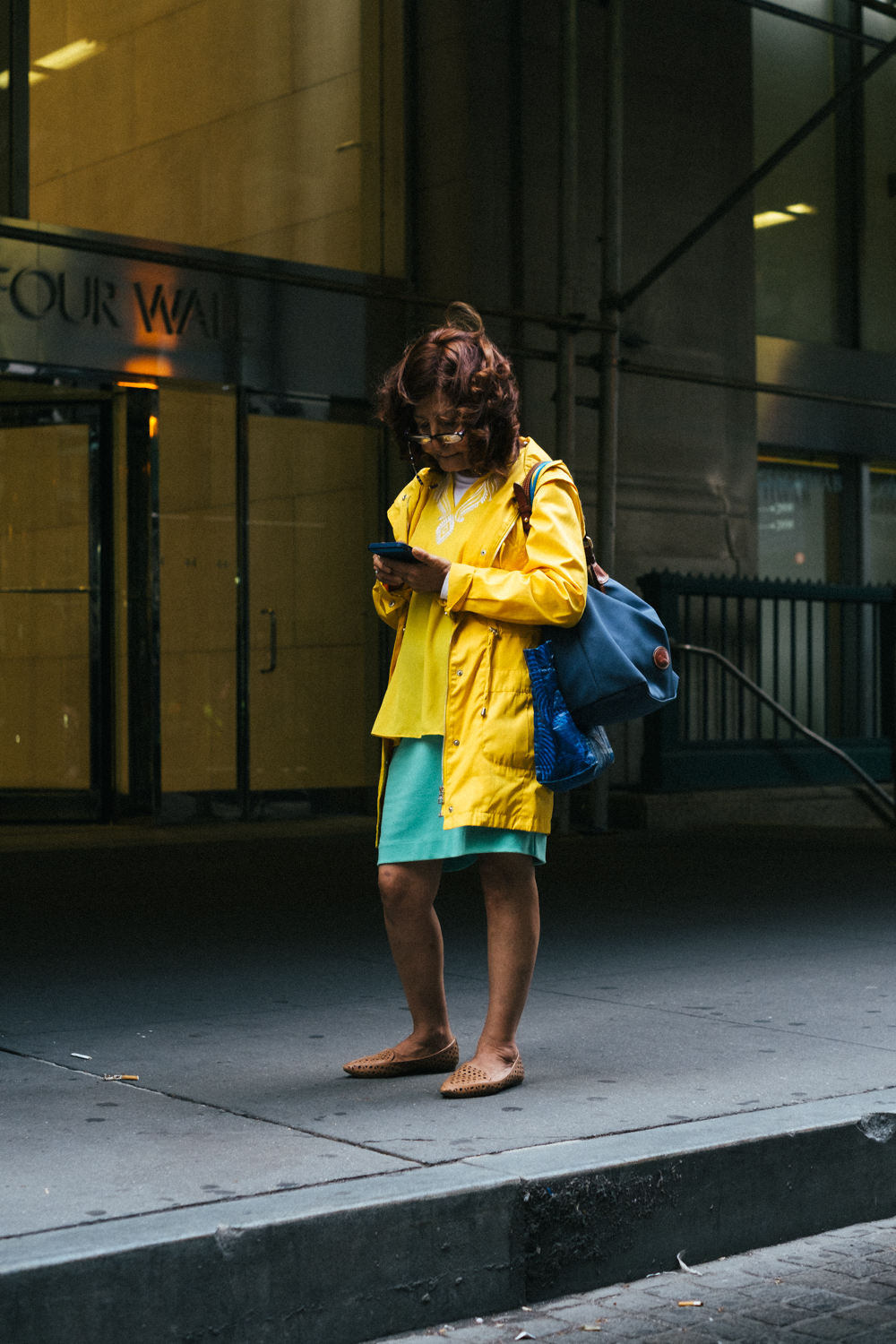Fuji 18-55mm f/2.8-4 OIS Review: The Best Fuji Video Lens
Variable aperture? “Kit lens”? Yikes! I know, I know – but read on to find out exactly why the Fuji 18-55mm f/2.8-4 OIS lens gets our pick as the best Fuji video lens.
Videography has had a meteoric rise the past few years, and as a result, we’ve all become a bit more video-literate. For example, we know that proper stabilization is what takes a video from feeling hopelessly amateur to smooth and cinematic. The gimbal industry leaps for joy.
But here’s the simple truth: reliance on stabilizers or gimbals means you’re going to miss moments. And unless you shoot solely pre-planned scenarios, or you’re confident you’ll never be without a balanced and charged gimbal should any interesting moment come your way, the Fuji system (outside of the IBIS-equipped X-H1) is an absolute nightmare to handhold.
Here’s where the Fuji 18-55mm f/2.8-4 with OIS comes in.
How Good is the Stabilization on the Fuji 18-55mm f/2.8-4?
If you’ve ever tried to handhold a Fuji body, you know the pain - micro-jitters from camera shake, jelly footage from the rolling shutter. No matter how steady your hands are, it’s almost impossible to run-and-gun such a tiny camera body without a rig.
The OIS on the 18-55mm f/2.8-4 puts counters such an immense amount of shake that I’m not even sure how it works. Zoomed all the way out, you get about 1.5 stops of image stabilization. Zoomed in, the lens has a harder time keeping steady (only natural).
I’ve even found it to combat the Fuji’s notorious rolling shutter – I guess it’s kind of unavoidable when you’re piloting such a big sensor crammed in a small body. Fast pans still aren’t recommended,
Even the Fuji X-H1’s IBIS appreciates the help from Fuji’s OIS.Of course, if you’re always on sticks or always on a gimbal, stabilization probably doesn’t matter to you. But I’m hard pressed to think of any videographers shooting footage with Fuji who work exclusively in controlled environments – the footage you get out of these bodies is gorgeous, but it’s far cry from a dedicated cinema camera like the BMPCC 4k.
Is the Fuji 18-55mm f/2.8-4 Sharp?
Sharp enough that it’ll through your idea of what a ‘kit lens’ can do right out the window. Sharp enough that a Tiffen Pro Mist filter is a prequisite if you don’t want that over-sharpened look straight out of camera. That sharp.
It’s a massive credit to Fuji that their affordable, default lens was engineered within an inch of its life.
Manual Focusing on the Fuji 18-55mm f/2.8-4
Affordable, stabilized, ideal focal range, decently fast, and deadly sharp – why aren’t more videographers tossing out their gimbals and singing its praise? Well, here’s the catch: fly-by-wire focusing.
Instead of the traditional method of focusing, fly-by-wire focuses relative to the speed at which you turn the focus ring.
So, if you want to rack focus from foreground to background quickly, you’ll need to spin the wheel firmly and fast. If you’re trying to focus from your subjects nose to their eyes, you’ll have to be subtle and slow. With a day of practice, you can learn to feel this out – but it’s an uphill battle for most.
That said, the autofocus is blazingly fast, so for vloggers or non-cinematic applications (cooking videos, makeup videos, travel, the list goes on) you can just leave your camera on continuous autofocus and you’ll be just fine.
Photos with the Fuji 18-55mm f/2.8-4
While we focused primarily, Fuji’s are hybrid cameras – likewise, this is a hybrid lens. All the outstanding qualifies we wrote about above (the tack sharpness, the rich and glossy color rendering, smooth bokeh wide open at longer focal lengths) certainly apply. The stabilization also helps with low light or night photography. It’s possible to drop the shutter as far down as 1/4 of a second to grab your shot with no camera shake to be seen.
The focal length is, again, ideal for walk around. You can grab environmental scenes, then zoom in for details or portraiture with no distortion.






